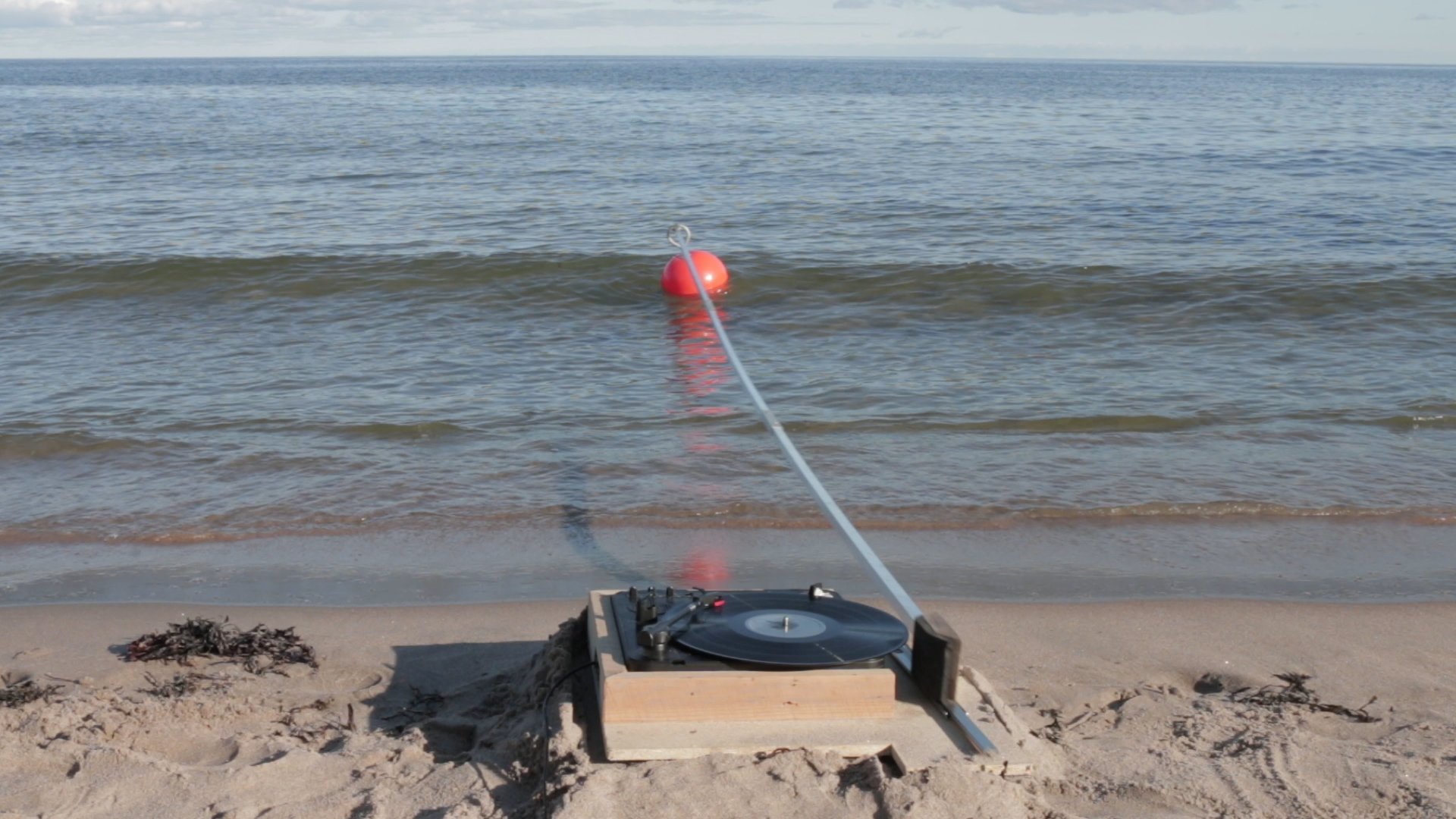
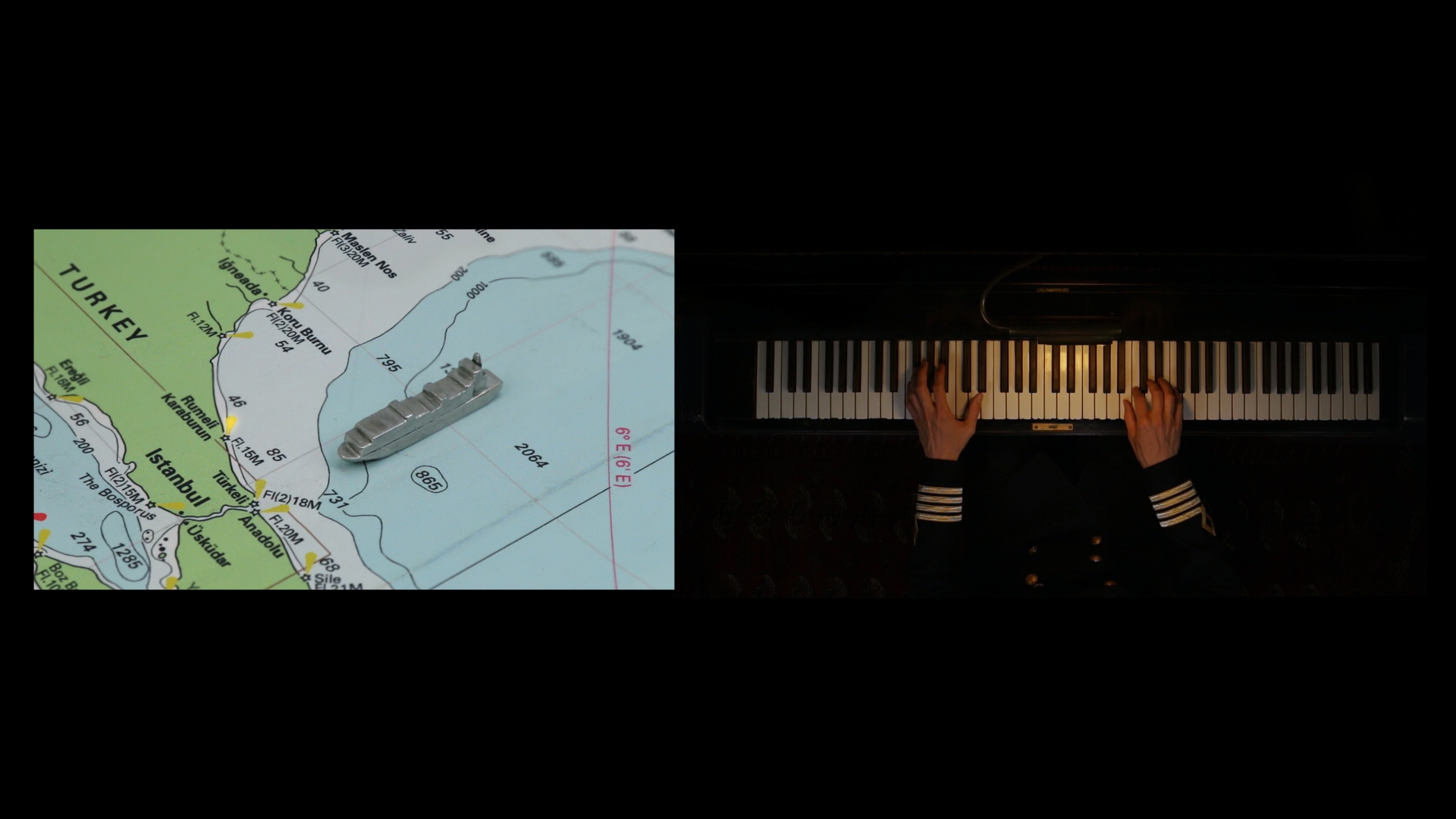
The film M/S Satie follows the journey of a miniature model of a container ship named after Eric Satie, from the Black sea, through the Mediterranean, to its end destination in Casablanca. Along the journey, a sea captain plays Satie’s “Gnossiennes No.1” in sync with the pulse of a piano lamp, which mirrors the flashing patterns of lighthouses along the route.

Claude Debussy’s La Mer in dialogue with the sea.

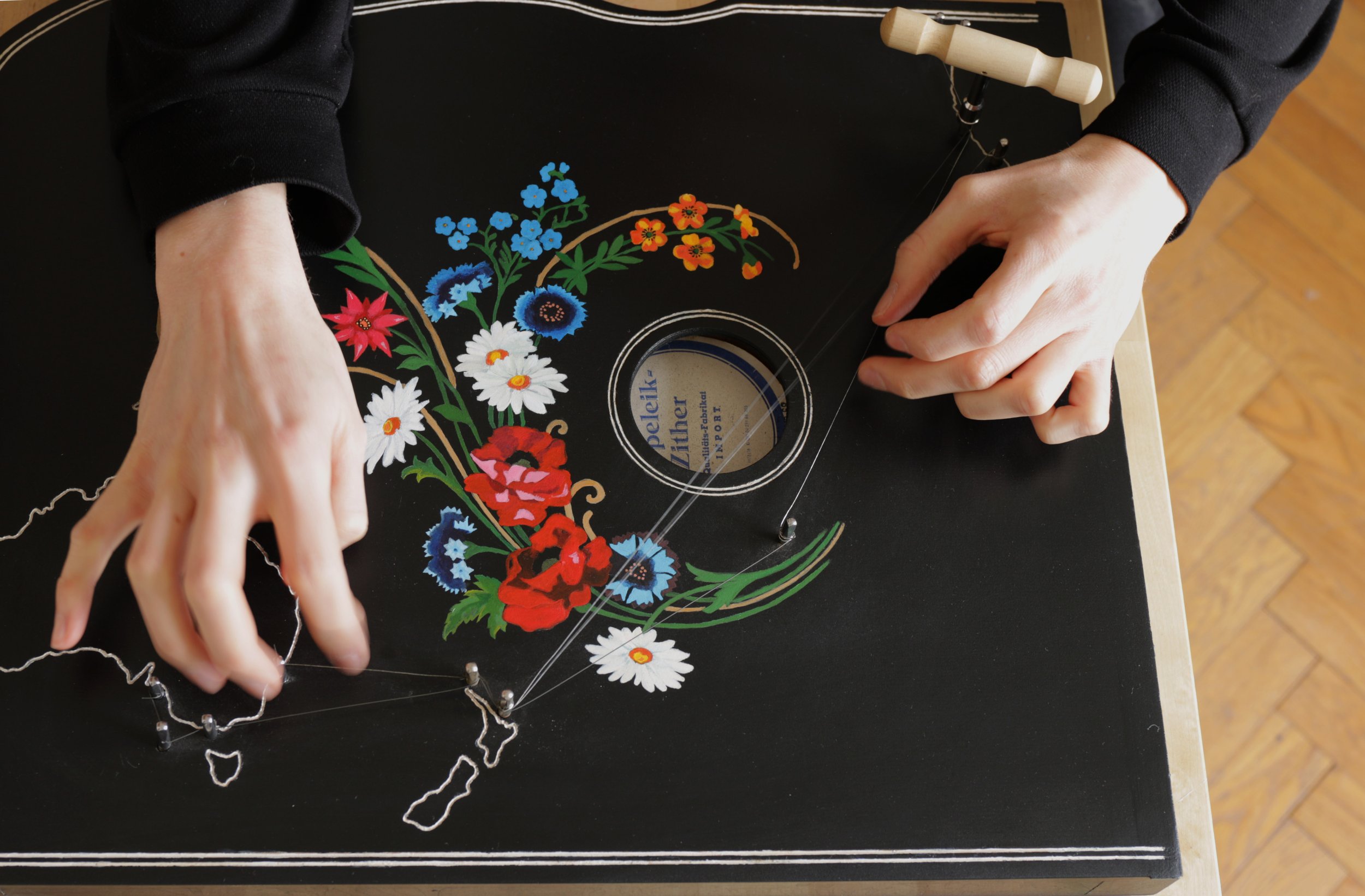
The ship Debussy’s route between the ports of the Pacific Ocean is transferred to a zither, a string instrument that is played while it lies flat on a table.
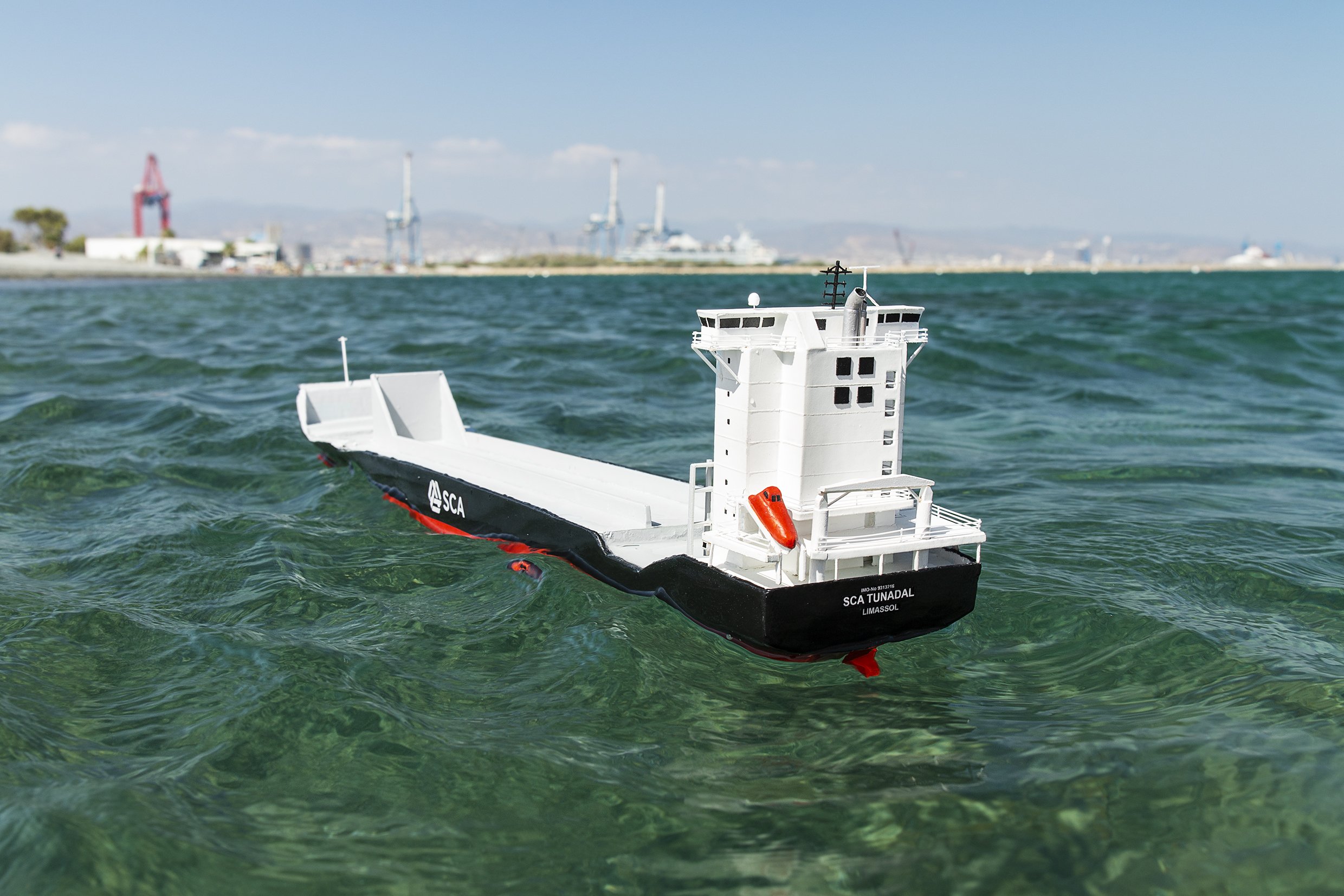
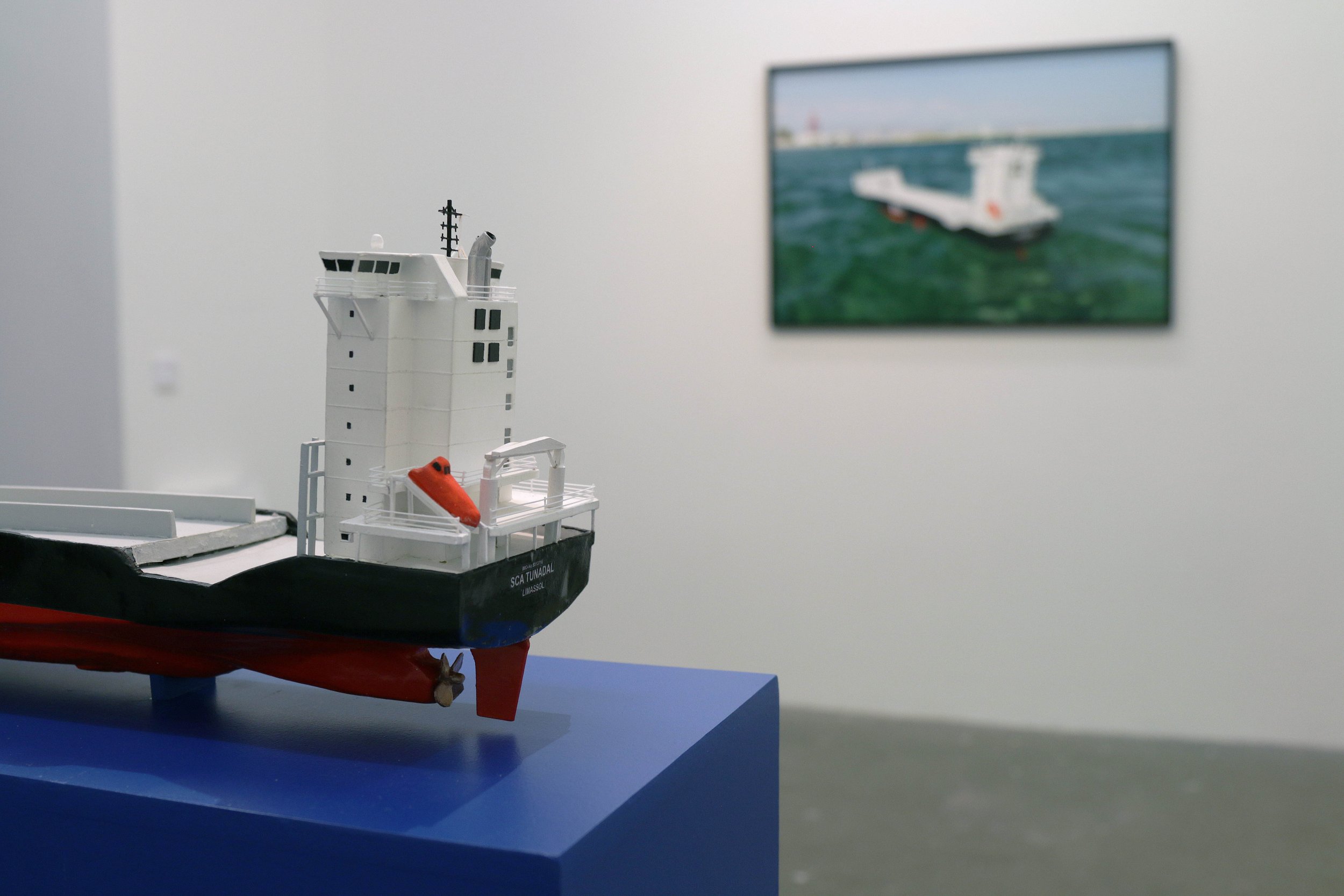
A model of the ship “SCA Tunadal” in scale 1: 250. During a stay in Cyprus, I photographed the model as it floated in its home port of Limassol. A port in which thousands of ships are registered, but which they will never enter. Installation at Galleri 54
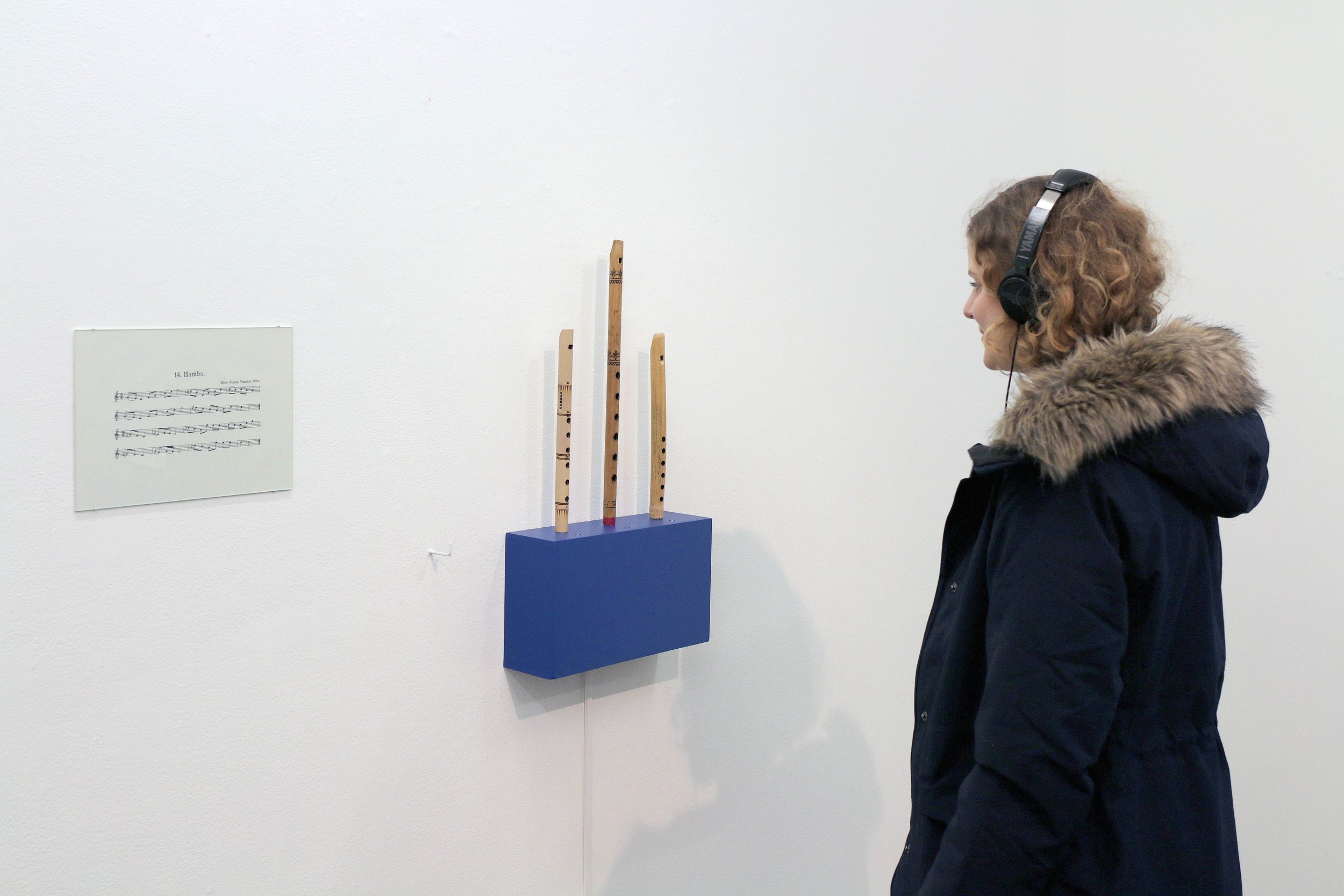
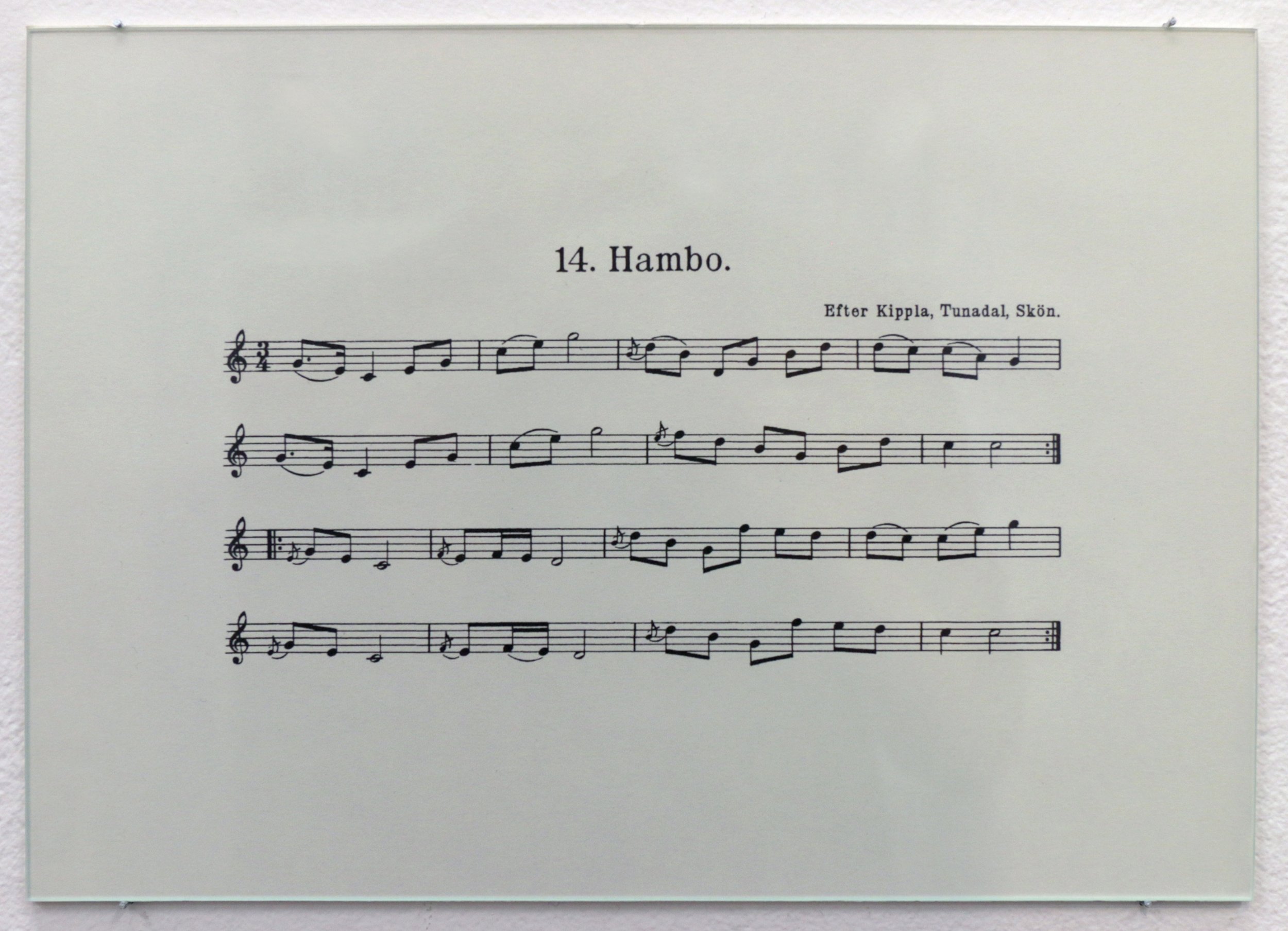
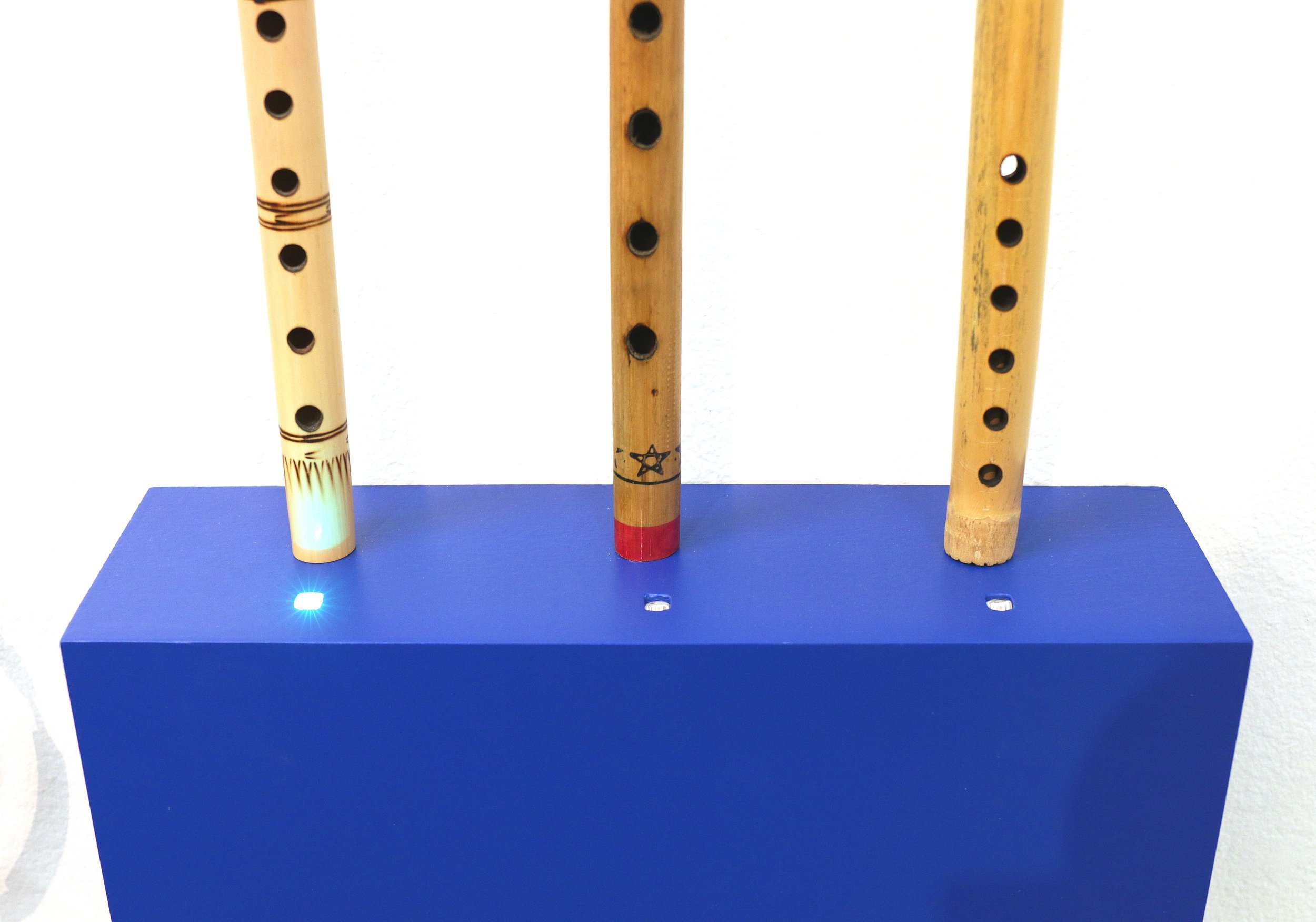
The sound work combines a local fiddle melody from the Tunadal area in Sundsvall, Sweden, with three shepherd's flutes made of beach reeds. The flutes from Cyprus form an ensemble that performs the hambo-dance.
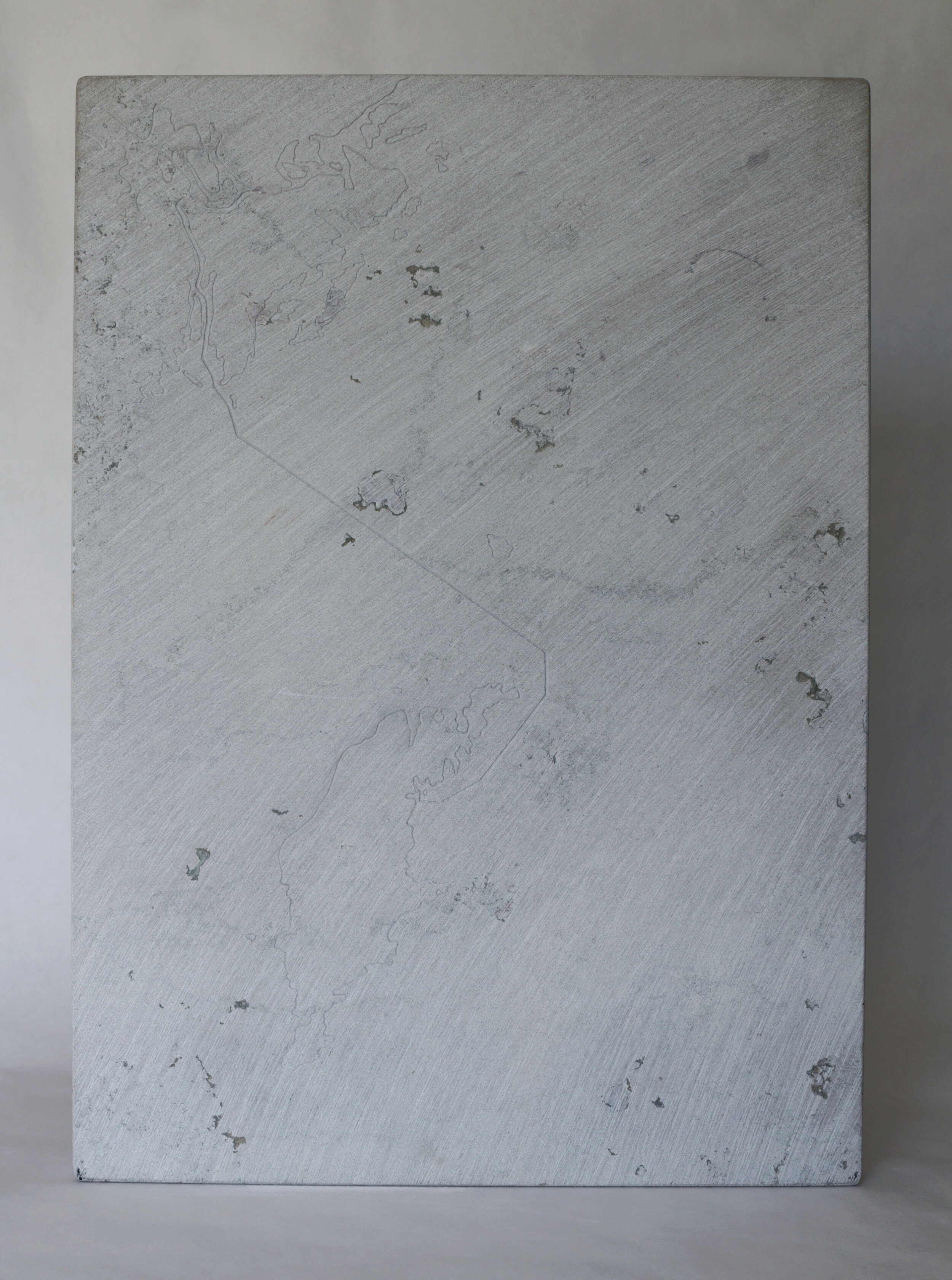
The vessel “Östanvik” transports cement from Slite to Stockholm. The trace of the boat is carved in a piece of Gotland limestone, which is the main component in cement production.
Die Fahne hoch is a marching hymn which can be heard from recordings from Nazi Germany. The song was also the co-national anthem of the Third Reich, along with the Deutschlandlied. One day in Stockholm I performed a waltz arrangement of the tune on an accordion as a street musician. Born in Sweden in 1944 and 1945 - my mother during the war, my father a “peace-time child” - my parents danced in a hall.
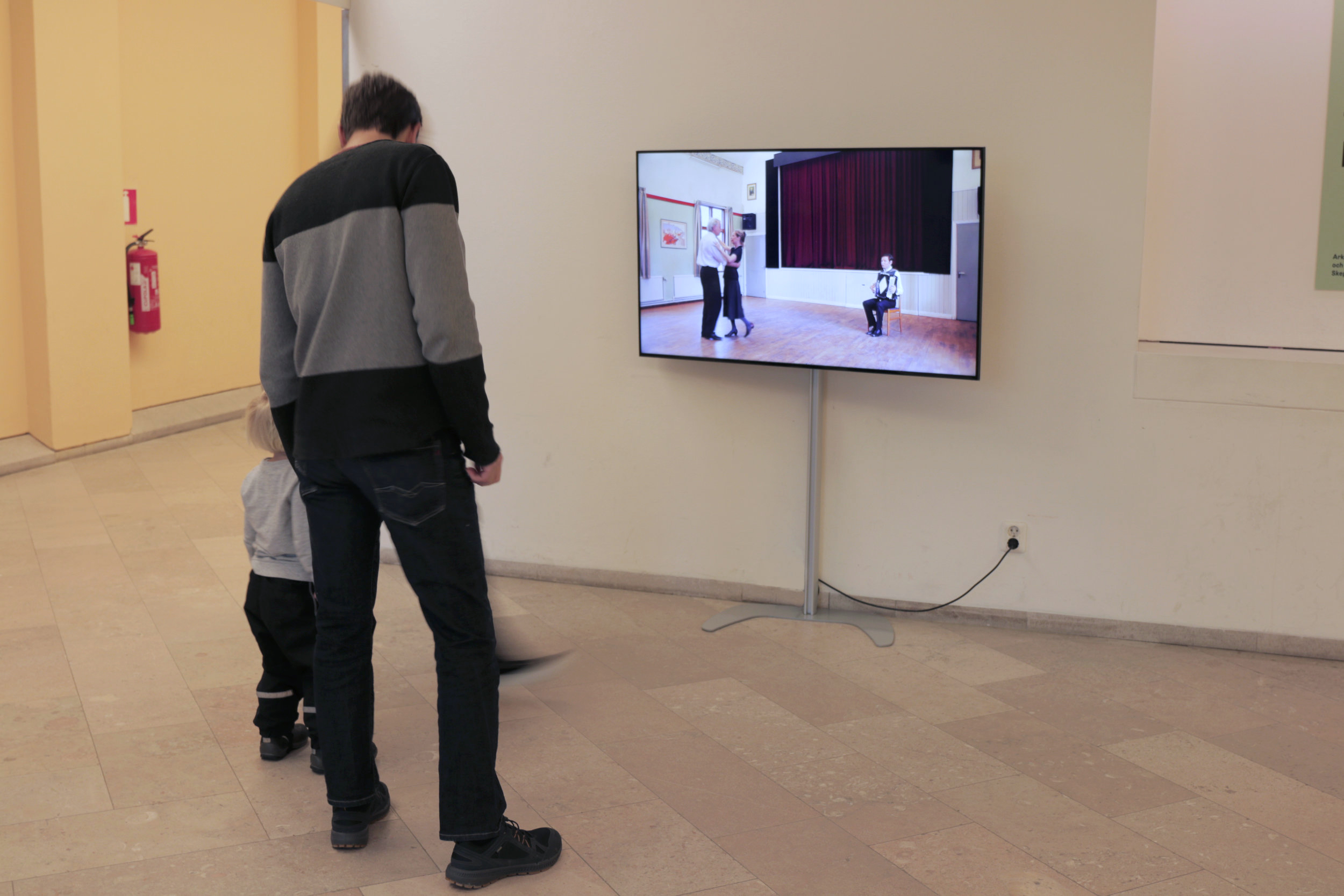
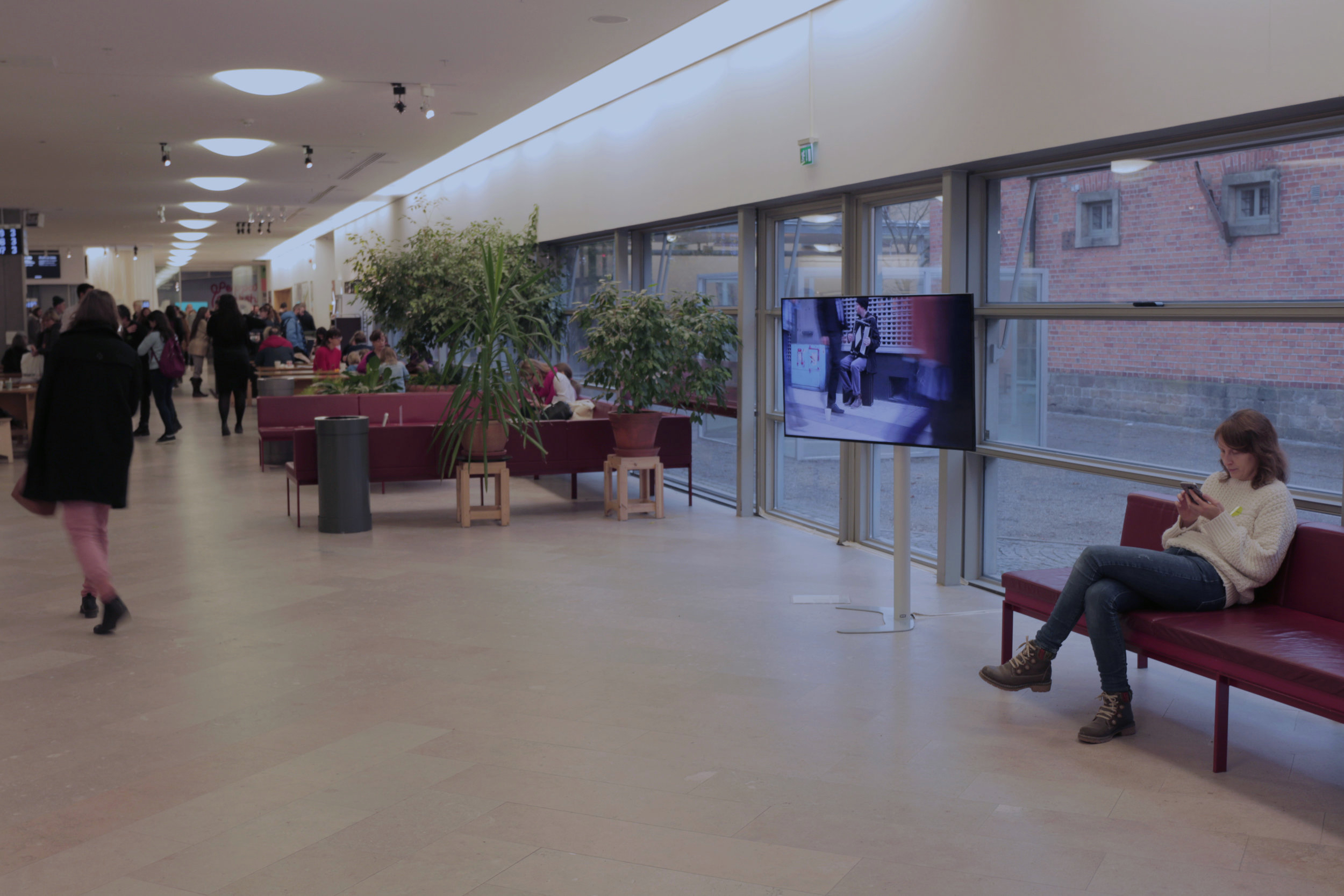
Modernautställnigen, 2018, Stockholm
A violinist is standing outside on a cruise ship. A signal consisting of three tones is heard through the speaker system, and the boat's fog horn sounds as it leaves the harbour. The musician joins in, playing long melodic strokes on her violin. The ship continues into the archipelago and further towards the open sea. The video draws inspiration from “Spiegel Im Spiegel”, a musical composition by estonian composer Arvo Pärt. The piano part in the original setting is replaced by the ships fog horn and announcement chime sounds.
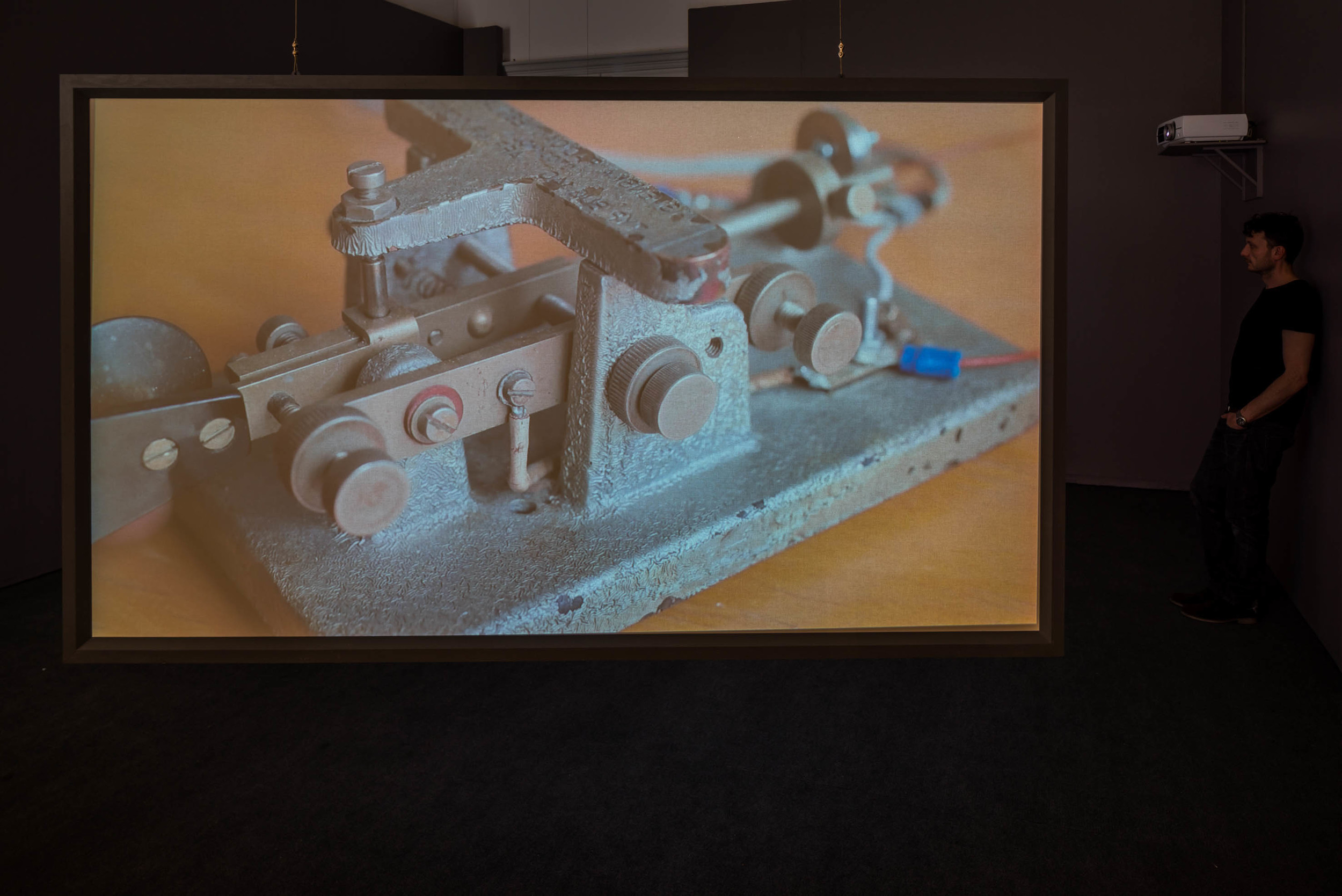
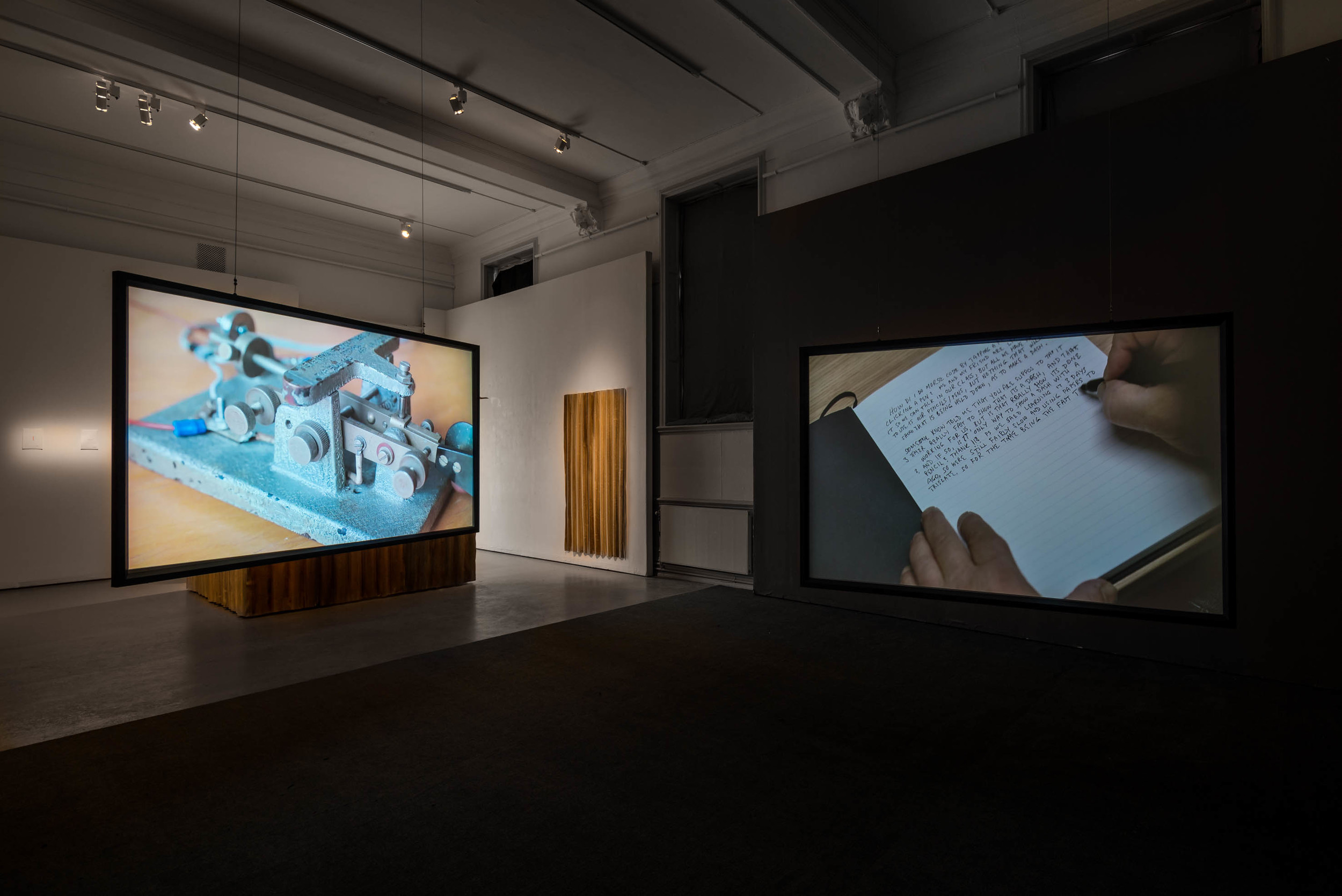
Konstakademien, Stockholm
In SK0QO I cooperate with Södertörn’s radio amateurs (call sign SK0QO) in the creation of a sound piece using Morse code. The idea for the work originated from a questions-and-answers column on the Internet in which children asked how they would communicate with each other in the classroom using pencils and Morse Code. They got different answers and advice from other users on how one went about it. I then became interested in the uses of Morse code today, and discovered that it lives and fluorishes among radio amateurs and enthusiasts worldwide. I came into contact with Södertörn Radio Amateurs. They signaled the entire text in the morning over the radio and wrote it down again, so that in the end, the questions-and-answers dialogue came from radio amateurs’ pens transcribing signals from a crackling radio.
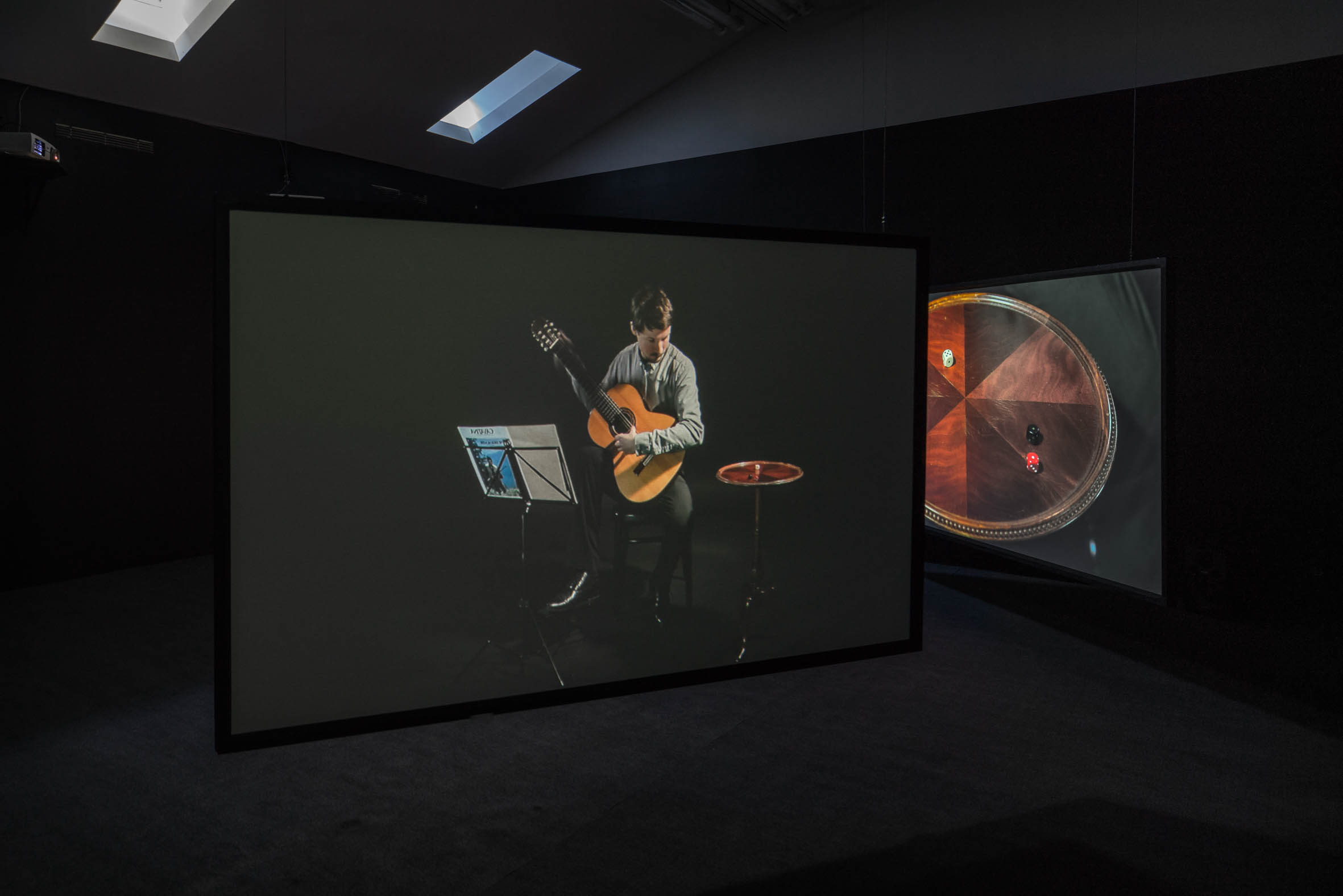
The element of chance was a recurring interest for Surrealists, Fluxus artists, and in the work of John Cage, for example, as well as those who have come after them. The orchestration of chance is seen as a technique to break down old hierarchies and models in music and art. I incorporate chance in my work, too, but my point of departure is a scene from the American film, The Deer Hunter, in which a group of US soldiers are captured during the Vietnam War and subjected to a game of Russian roulette. The guitar soundtrack from the film has become a very well-known piece of music. In the video cavatina, I play the music using chance operations in which the guitar strings are affected according to the outcome of a roll of the dice. Although I play the piece just as the notes of the score determine, it rings more and more false as it falls out of tune.
A video of a person drinking coffee from mugs with logotypes of discontinued Swedish institutions printed on them.
Contact
willgren(at)msn.com